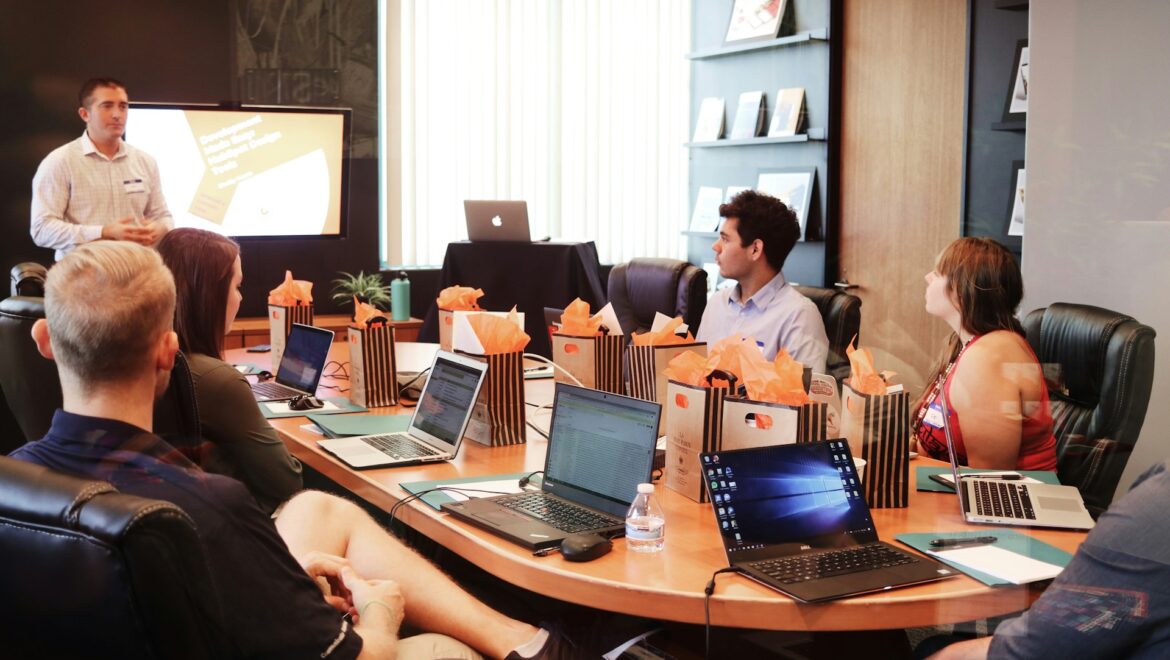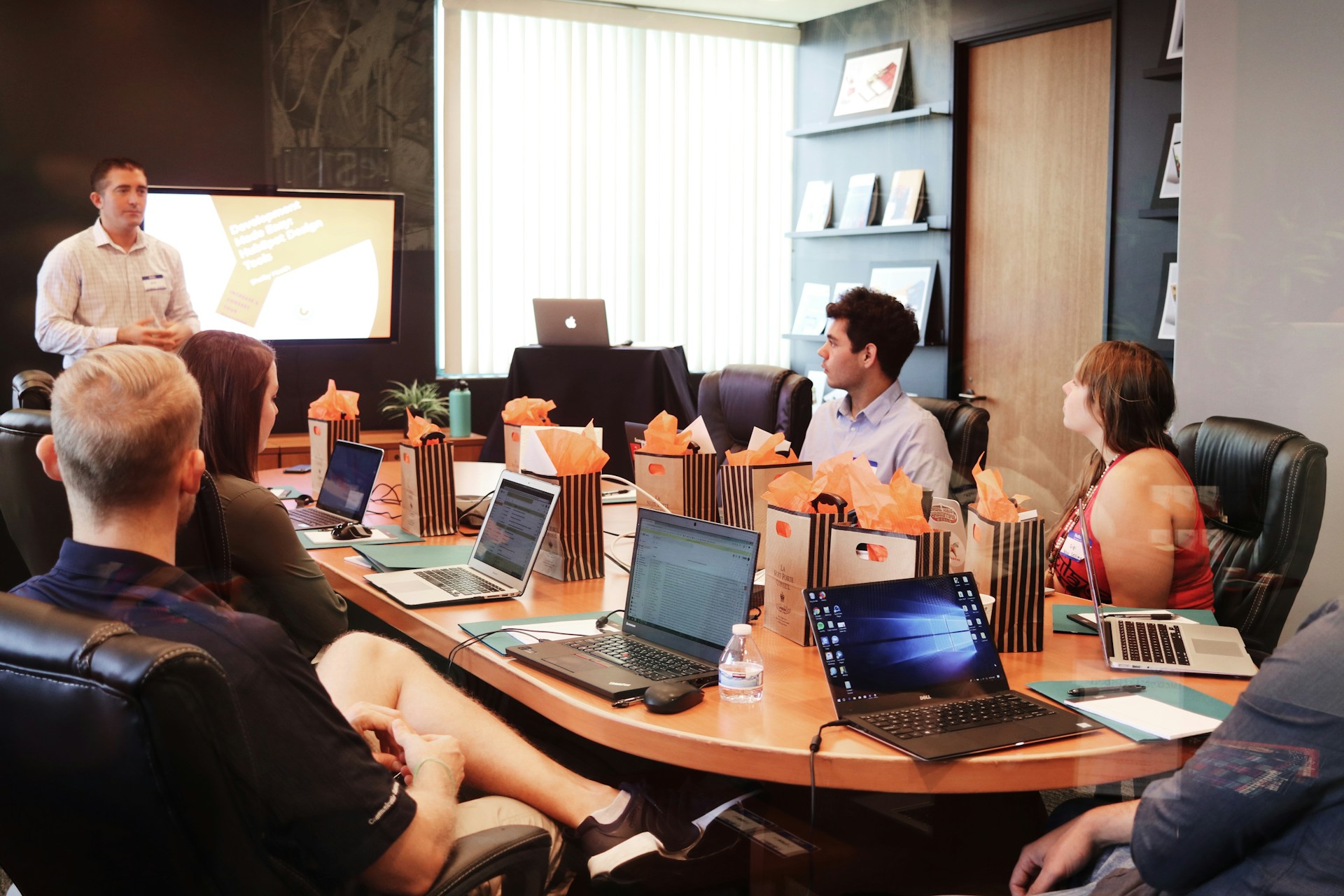How Psychological Safety Helps Every Voice Be Heard at Work
I’ve lost count of how many times I’ve seen this in workplaces across Australia. There’s always that one person in the room who doesn’t say much in meetings. They’re listening carefully, scribbling notes, maybe giving the occasional nod — but rarely jumping in.
Then a new manager comes along and asks them directly: “What’s your take on this?”
The room turns. The quiet observer speaks. And suddenly, the project takes a whole new direction.
That’s not by chance. That’s what happens when people feel safe enough to share what’s really on their mind.
The Quiet Revolution
Whether it’s in Sydney, Melbourne, or even further afield, I’ve noticed the same pattern: the loudest voices often take up the most space. But the real breakthroughs? They often come from those who prefer to think before they speak.
The problem is, many workplace cultures still favour quick answers and fast talkers. The deeper, more reflective ideas often slip through the cracks. After a while, quieter people stop offering them at all.
But when organisations build genuine psychological safety — a culture where people can contribute without fear of being dismissed or judged — those quieter voices begin to rise. And that’s when the real innovation begins.
What Psychological Safety Really Means
It’s not about being overly “nice” or avoiding tough conversations. True psychological safety is about creating the right conditions so people feel safe to bring their whole selves to work. That looks like:
- Questions being seen as curiosity, not criticism
- Mistakes treated as part of the learning process, not failures to hide
- Different ways of thinking actively welcomed
- Silence respected as thinking time, not disengagement
In other words, it’s about trust. And trust is at the heart of how to maintain healthy relationships — not just at home, but in the workplace too.
Practical Ways Leaders Can Make It Happen
From what I’ve seen work with Australian teams, a few simple habits can make all the difference:
Start with quiet reflection. Give everyone a few minutes to write their thoughts before the group discussion. It levels the playing field between the quick talkers and the deep thinkers.
Make sure everyone has a voice. Go around the room and give each person their turn, no skipping.
Use small groups. Break discussions into trios or quartets where people feel more comfortable to contribute.
Follow up one-on-one. A quick “I’d love to hear what you were thinking earlier” can bring out great ideas that might not have been voiced in the meeting.
What Changes When You Get It Right
When teams build psychological safety into their culture, you start to see big shifts: fewer workplace conflicts, less turnover, better collaboration, and stronger problem-solving.
But beyond the numbers, there’s a bigger win: that quiet team member finally speaking up, and everyone realising the breakthrough idea was sitting in the room all along.
Are you a psychologically safe manager? Take the self assessment to find out.
Your Next Meeting
Take a look around the table. Who’s listening more than they’re talking? Chances are, they’re holding onto something valuable. Sometimes the most powerful leadership move is to pause, ask, “What’s your perspective?” — and then really listen.
The best ideas don’t always come from the loudest people. They come from the people who feel safe enough to share.
Final Thoughts
Building psychological safety isn’t just good for innovation — it’s essential for building resilient, connected teams. And just like in any relationship, trust is what keeps people engaged, motivated, and willing to speak up.
If you’re looking for ways to strengthen your workplace culture, we’ve got free mental health materials available to help you start the conversation. Our workplace mental health training can also show your leaders how to foster trust, create safer spaces for discussion, and turn psychological safety into a genuine competitive advantage.
Because when every voice is heard, that’s when workplaces truly thrive.

Peter Diaz is the CEO of Workplace Mental Health Institute. He’s an author and accredited mental health social worker with senior management experience. Having recovered from his own experience of bipolar depression, Peter is passionate about assisting organisations to address workplace mental health issues in a compassionate yet results-focussed way. He’s also a Dad, Husband, Trekkie and Thinker.






 Peter Diaz is the CEO of
Peter Diaz is the CEO of